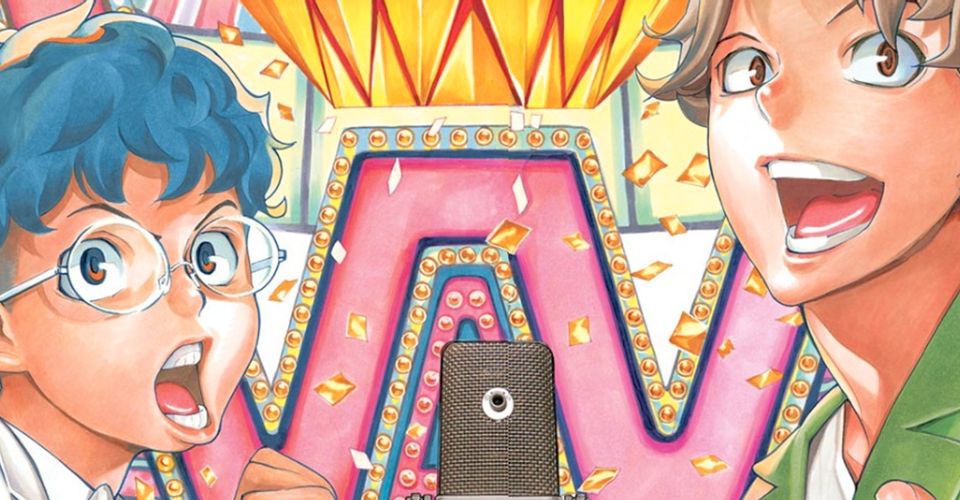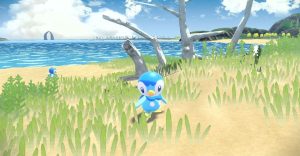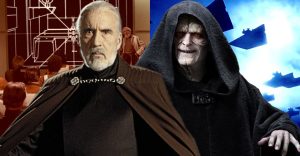Death Note Artist’s New Manga Is A Sports Shonen for Stand-Up Comedy

Unlike his work in the critically acclaimed Death Note manga, artist Takeshi Obata‘s newest release Show-Ha Shoten! incorporates all of the elements of a stereotypical shonen series – and follows them to the letter. Obata has continually demonstrated an interest and willingness in exploring as many genres as possible, and Show-Ha Shoten!, written by Akinari Asakura, proves that he’s just as capable of illustrating stories that fall within the lines of shonen as out of them.
Almost every shonen manga that’s been adapted into an anime features characters who have a dream and, in their pursuit thereof, inspire everyone around them. Both protagonists – the shy hero Shijima Azemichi and the overly flamboyant Taiyo Higashikata – are not only driven by their own dream but are even burdened by the dreams of others. Shijima is so haunted by his failure to make his childhood friend laugh hard enough to forget all of her troubles that he dedicates his life towards getting funnier so he can one day grant her request. Meanwhile, Taiyo was initially only motivated to make people who ordinarily never smile laugh, but when his friend and comedic double died, Taiyo adopted his late friend’s dream to win two particular comedic competitions. Now, even Shijima wants to help Taiyo realize his late friend’s dream.
Most sports shonen manga either hone in on a particular movement or strategy to an absurd degree so that what would have normally just been a simple maneuver becomes an entire experience or they deconstruct simple concepts into complex scenarios before gamifying the finished products even further for the same desired effect. Show-Ha Shoten! accomplishes the latter during the second chapter (which Shonen Jump released simultaneously with the first installment). When explaining the importance of “knowing your audience,” Shijima first presents the relatively well-known concept as a “range” before immersing himself in an entire theory. Of course, he was basically trying to convey that, in this particular scenario, they have to tell a joke specifically targeted at one person and continue that plan of attack until every audience member has laughed.

Shonen manga titles that aren’t immersed in the supernatural usually make up for the normalcy that inevitably ensues by mystifying otherwise normal actions or situations, but only for the reader. Show-Ha Shoten! adopts this particular literary device in multiple ways. In the first chapter, the laughter from the audience is portrayed as a giant wave that washes over the performers. Obviously, the act of laughing doesn’t actually cause water to somehow materialize out of thin air. It’s just a way to portray the forcefulness that comedians experience when they receive the best possible reaction from their performance. If Show-Ha Shoten! is to continue following this type of imagery, those waves will play a much larger role going forward. The second chapter introduces another version of this phenomenon to depict the act of hitting the audience so hard with a joke that they react on a physical level. To further accentuate this experience, the act of Shijima delivering a hilarious punch line is depicted as him thrusting a spear into the audience member’s gut.
With just two chapters of Show-Ha Shoten! released so far, readers have only begun to see how Takeshi Obata can truly capture the essence of stereotypical shonen. But one thing is certain. This new manga will only continue to deviate from Death Note, a series that felt more like a seinen than a shonen.
About The Author
















